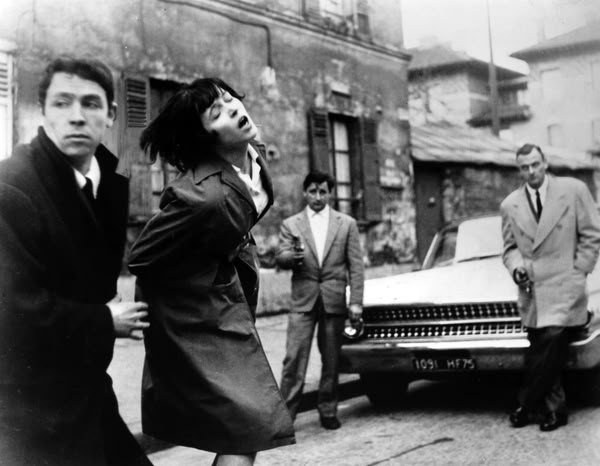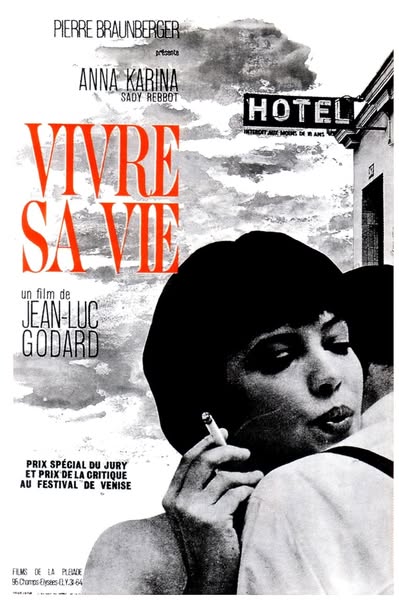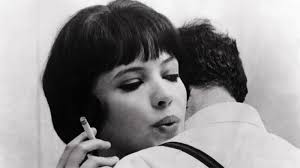Vivre sa vie (1962)

Vivre sa vie (translated as My Life to Live), released in 1962 and directed by Jean-Luc Godard, is a poignant and innovative exploration of a young woman’s existential struggles. Starring Anna Karina as Nana, the film is a seminal work of the French New Wave, characterized by its unconventional narrative style and philosophical themes.
The story follows Nana, a young Parisian woman who aspires to be an actress but finds herself trapped in a life of poverty and disillusionment. As she navigates various challenges—ranging from her relationships to her work—Nana’s journey becomes a meditation on identity, freedom, and the complexity of human experience. The film is divided into twelve segments, each presenting a different aspect of her life, allowing viewers to witness her transformation and the choices she makes.

Godard’s direction is marked by a bold, experimental approach that breaks traditional cinematic conventions. The use of jump cuts, direct address to the camera, and long takes creates a sense of immediacy and intimacy, immersing the audience in Nana’s emotional landscape. The black-and-white cinematography captures the stark beauty of Paris, enhancing the film’s melancholic tone.
Anna Karina delivers a captivating performance as Nana, embodying her character’s vulnerability and determination. Her portrayal resonates deeply, as she navigates the complexities of love, ambition, and despair. The supporting cast adds richness to the narrative, portraying the various figures who influence Nana’s life and choices.

Vivre sa vie also engages with broader philosophical themes, including the nature of existence and the search for meaning in a rapidly changing world. Through Nana’s experiences, Godard prompts viewers to reflect on the roles of women in society, the fluidity of identity, and the impact of societal expectations.
The film’s score, featuring a mix of classical and contemporary music, complements its emotional depth, enhancing key moments and underscoring Nana’s internal struggles. The dialogue is sharp and introspective, often delving into existential questions that resonate with the audience.

In summary, Vivre sa vie is a profound and innovative work that captures the essence of the human experience through the lens of a young woman’s journey. With its distinctive style, compelling performances, and exploration of existential themes, the film remains a landmark in cinema history. Godard’s masterful storytelling invites viewers to engage with profound questions about life, identity, and the pursuit of happiness, solidifying its status as a classic of the French New Wave.











